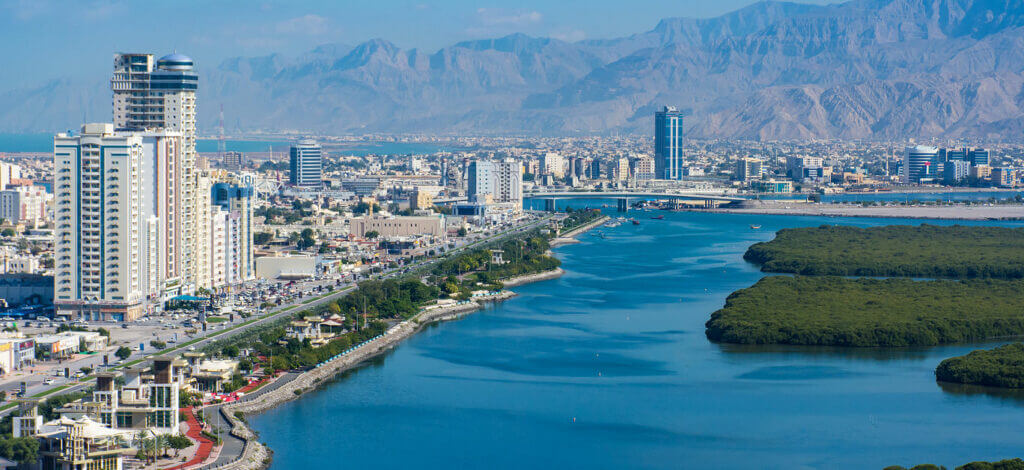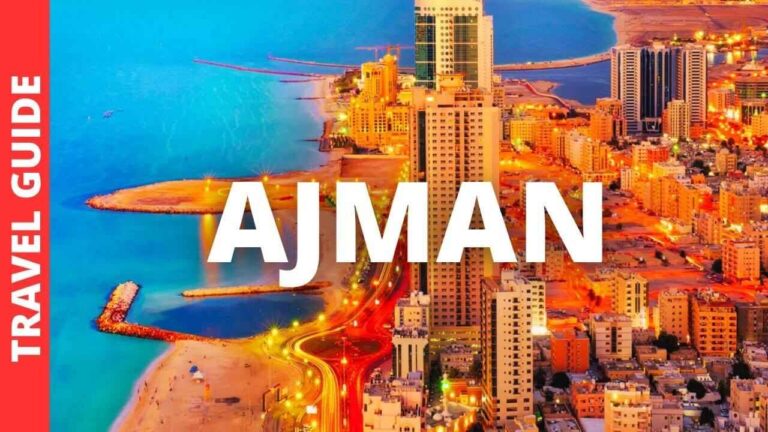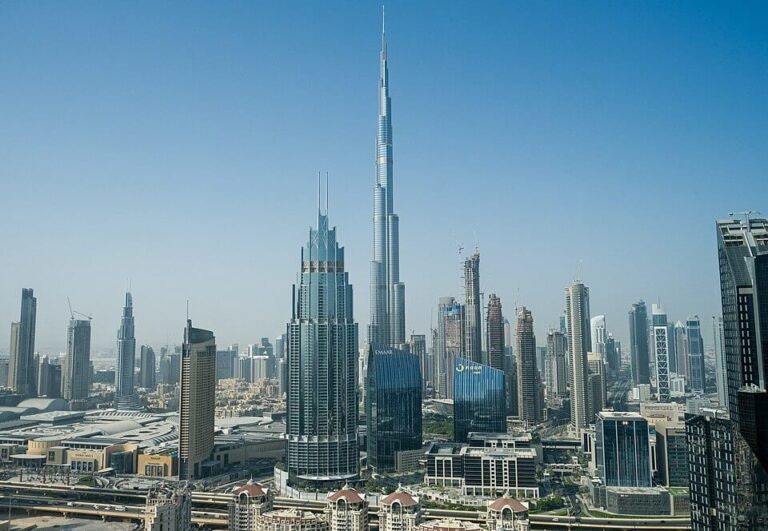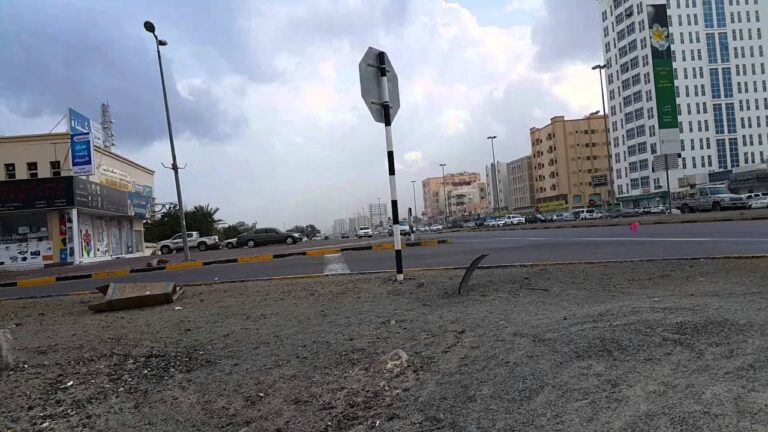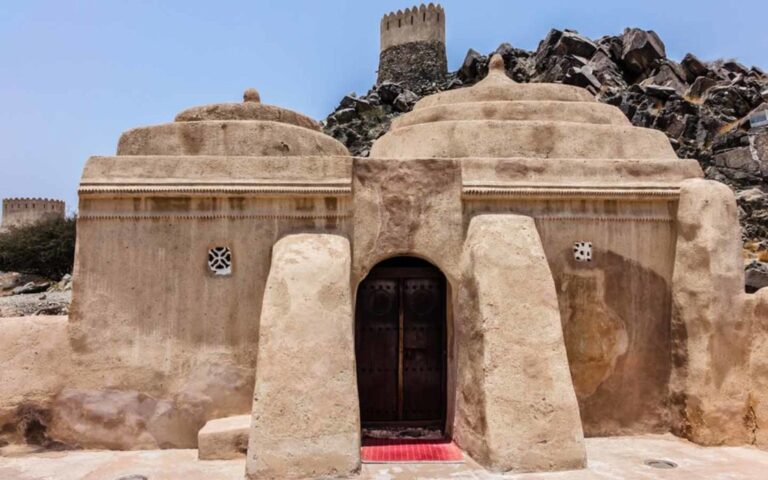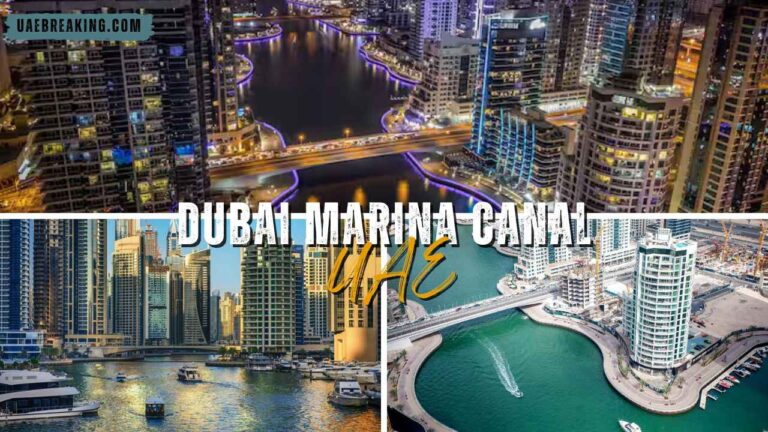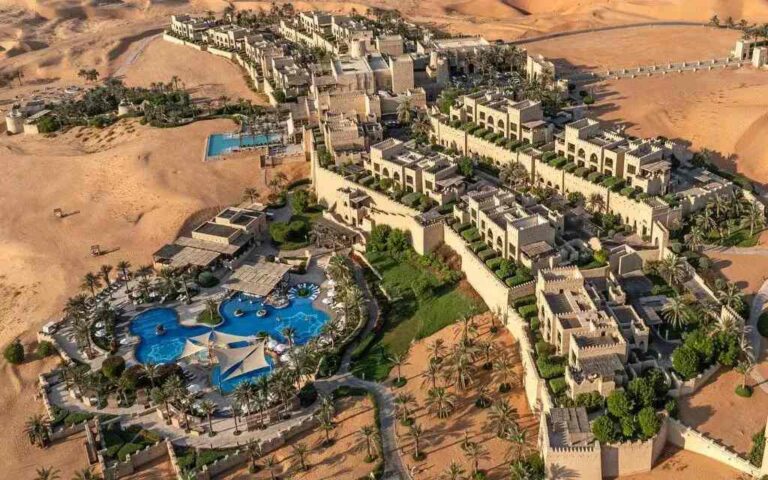Ras Al Khaimah, UAE: Where Mountains, History, and Opportunity Converge
Tucked between the Hajar Mountains and the Arabian Gulf, Ras Al Khaimah (RAK) is rewriting what it means to be a UAE destination. Beyond the high-rises of its southern neighbors, RAK offers something raw and real—where jagged peaks meet ancient forts, mangrove forests border historic trade routes, and economic opportunity rises alongside desert dunes.
With over 7,000 years of history and a bold, nature-first approach to growth, RAK is the UAE’s northern gem—quietly powerful, deeply grounded, and full of promise.
Jebel Jais: The Rooftop of the UAE
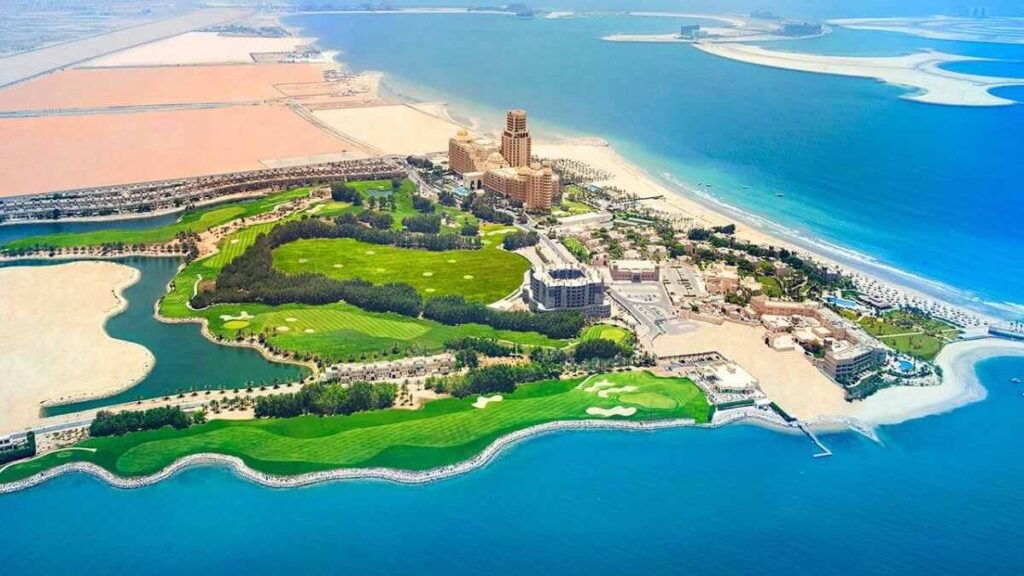
Dominating the landscape is Jebel Jais, the tallest mountain in the Emirates. At nearly 2,000 meters, it isn’t just a natural wonder—it’s the heartbeat of RAK’s adventure ecosystem. Visitors come for dramatic mountain roads, the world-renowned zipline, shaded hiking trails, and crisp evening air. It’s a high-altitude escape that feels worlds away from the city buzz, offering solitude, stargazing, and soulful adventure.
The mountaintop experience includes viewing platforms, adventure parks, and eco-friendly lodges, positioning Jebel Jais as both a tourist draw and a sustainability success story.
Coastal Beauty & Island Ambitions
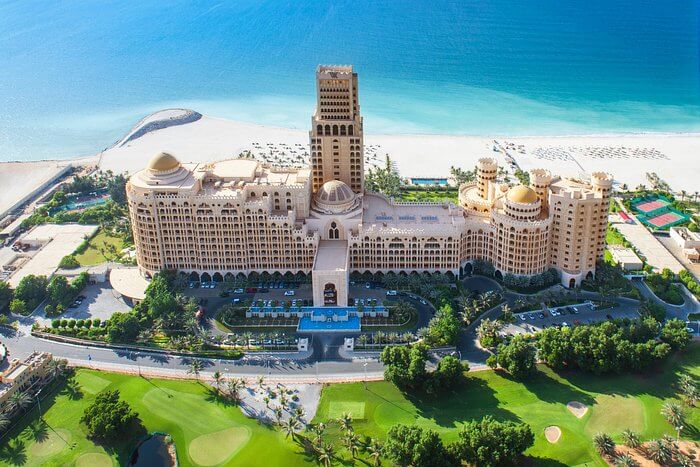
RAK’s coastline stretches over 60 kilometers, weaving between untouched beaches, serene lagoons, and thriving marine habitats. Al Marjan Island, a reclaimed coral-shaped archipelago, is fast becoming a lifestyle destination—home to luxury resorts, wellness retreats, and family entertainment zones. Its rising skyline reflects a wider vision: world-class tourism grounded in environmental respect.
For beachgoers and residents alike, the coast is more than scenery—it’s a symbol of balance between leisure, culture, and conscious development.
Living History: Forts, Ghost Villages & Tribal Echoes
While skyscrapers define much of modern UAE, Ras Al Khaimah keeps one foot firmly in the past. Ancient forts like Dhayah Fort overlook palm-draped plains, once critical strongholds in Gulf defense. Inland, abandoned pearl-diving villages whisper stories of trade, toil, and tradition. The city’s old quarters and souks still pulse with Bedouin legacy, maritime roots, and tribal pride.
This layered heritage isn’t staged—it’s lived. Visitors can walk through history, guided by elders, storytellers, and landmarks preserved through generations.
Desert Soul and Cultural Festivals
RAK’s desert isn’t just terrain—it’s a lifestyle. In winter, the sands come alive with Awafi Festival, a cultural celebration of Emirati customs, music, food, and motorsport. Think dune racing, falconry, and poetry under the stars. Campfires dot the night as families gather to celebrate desert life with pride.
These festivals don’t just entertain—they preserve the emirate’s living traditions and invite both locals and travelers to reconnect with the land.
A Growing Economic Powerhouse
Ras Al Khaimah has quietly established itself as a strategic player in the UAE’s economic narrative. Home to diversified industries—from ceramics and pharmaceuticals to logistics and real estate—it offers competitive free zones, smart infrastructure, and investor-friendly regulations.
Projects across tourism, hospitality, and sustainable development continue to attract global interest. With its proximity to regional trade routes and access to seaports, RAK is more than a getaway—it’s a gateway.
A Lifestyle Beyond the Ordinary
RAK is where modern families find peace without disconnecting. Residential neighborhoods balance quality of life with affordability, while education, healthcare, and green spaces make the emirate increasingly attractive to long-term residents and digital nomads.
For those seeking wellness, balance, and community, Ras Al Khaimah offers an alternative to the hyper-urban pace—one that’s slow, intentional, and rich in meaning.
FAQ: All About Ras Al Khaimah
Is Ras Al Khaimah good for tourism?
Absolutely. From Jebel Jais adventures and historical forts to beaches and eco-resorts, RAK offers diverse experiences for families, thrill-seekers, and cultural travelers.
How is Ras Al Khaimah different from other emirates?
It stands out for its mountain landscapes, coastal serenity, heritage depth, and sustainable development. It’s quieter, greener, and more culturally immersive than the big cities.
Can you live in RAK and work in Dubai?
Yes. Many residents enjoy a calmer lifestyle in RAK while commuting to Dubai, about 60–90 minutes away by car.
Is investment growing in Ras Al Khaimah?
Yes. Major developments in hospitality, infrastructure, and industry signal rapid growth and strong investor confidence.
Does RAK have international schools and healthcare?
It does. The emirate has modern education and healthcare facilities that serve both Emirati and expatriate families.
Ras Al Khaimah isn’t trying to be the next Dubai or Abu Dhabi—it’s carving its own identity. Rooted in land and legacy, with eyes on the future, RAK is a place where stories are older, skies are clearer, and the path forward is wide open. Whether you come for a weekend or stay for a lifetime, it’s a corner of the UAE you’ll never forget.
Let UAEbreaking.com keep you connected to everything happening in Ras Al Khaimah and beyond—where the news meets the heart of the nation.
- Etisalat & Expo City Metro Station: Connecting Dubai’s Two Worlds - September 7, 2025
- Dubai Marina Canal, UAE - September 7, 2025
- Skydive Dubai: Soaring Above the Iconic UAE Skyline - September 5, 2025

